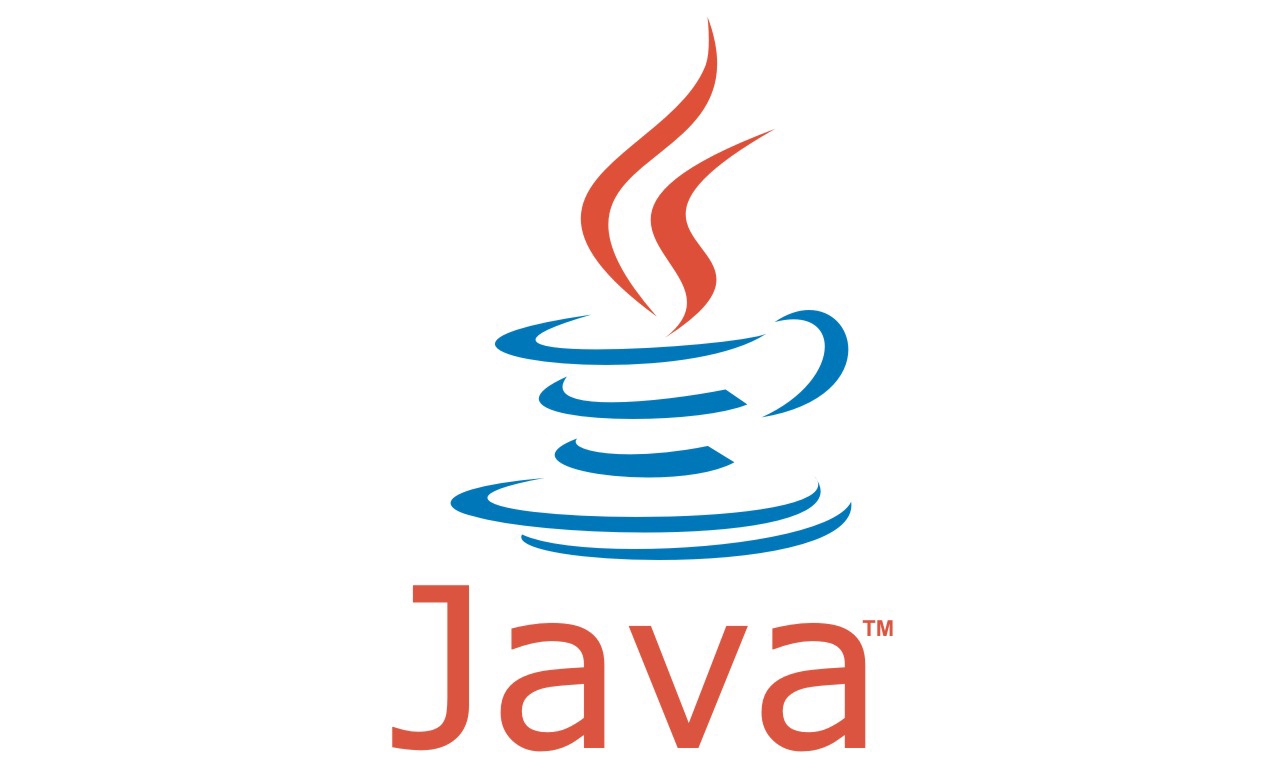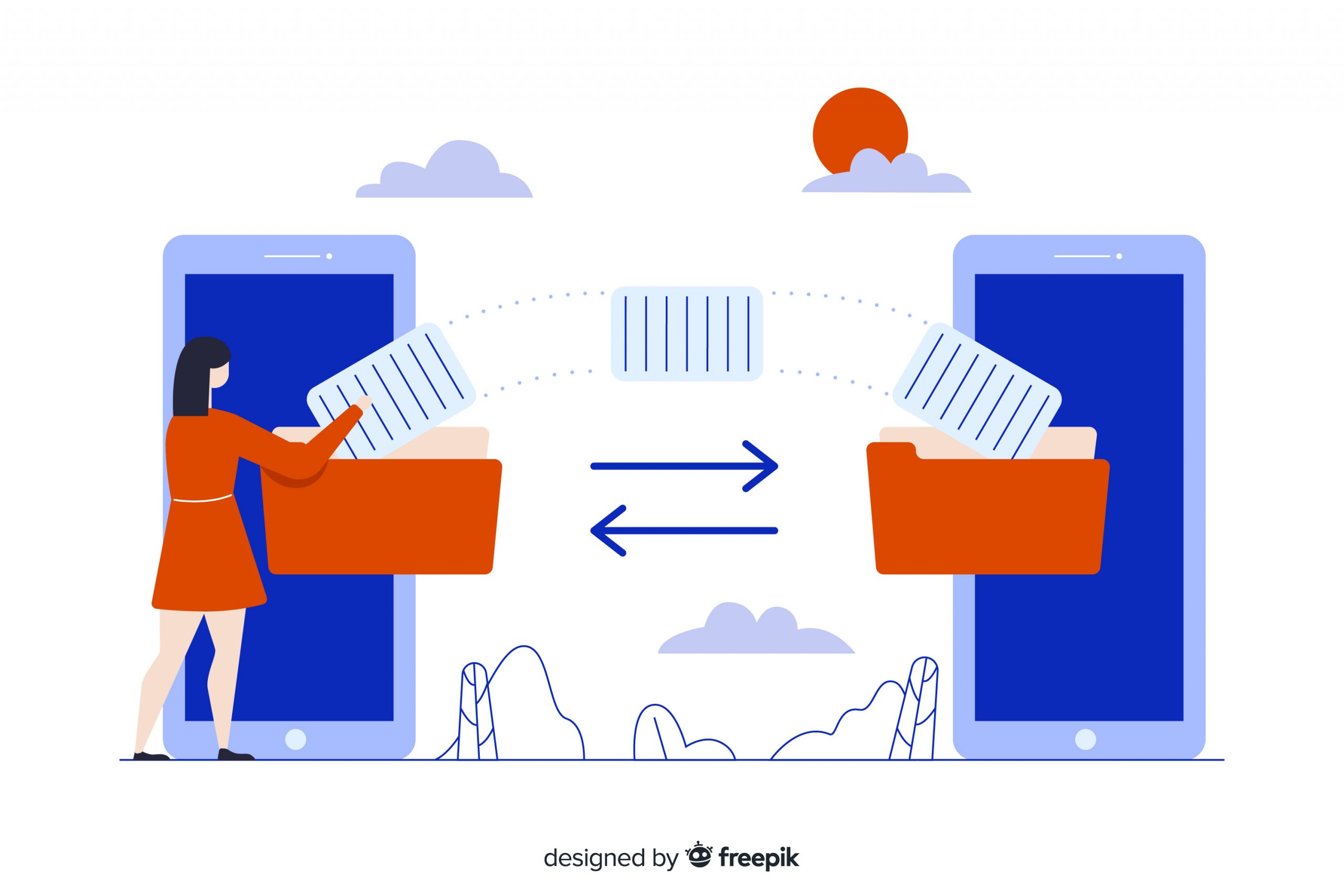Getting Started with JavaFX
Introduction: JavaFX is a powerful and modern UI toolkit for Java applications, providing a rich set of features to create interactive and visually appealing graphical user interfaces. In this tutorial, we'll guide you through the basics of JavaFX with hands-on examples, helping you build your first JavaFX application. Prerequisites: Before starting, ensure you have…










